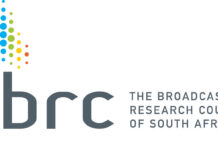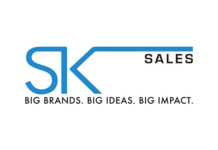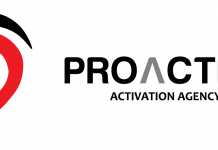As a retail or manufacturing marketer in today’s competitive landscape, you need a sophisticated understanding of which activities are driving your bottom line as well as how shoppers experience your product in context if you are to grow your business.
Point of sale (POS) data provides critical information, but it only tells part of the story. When it comes to optimising your marketing, real power comes from combining your POS data with competitive intelligence on marketing and promotional activities taking place in-store, online or via print advertising like newsletters and flyers. This enables you to calculate the effect of each promotion or execution.
Here are three steps to boosting the performance of your retail and in-store marketing and promotions, using insights from POS data and competitive monitoring:
1. Have a strong presence in-store
To drive product sales, you need to ensure that your brand is well distributed, and prominently displayed and promoted within your store selection.
To maximise your strategy, you need to know:
- how much visibility retailers are giving your product in-store compared to your competitors
- which brands are dominating retailers
- which brands are being displayed alongside yours
With these insights, you can optimise your distribution approach. For example, you can use this information to better negotiate and revise your strategies with retailers that aren’t providing your products with enough advertising space or prominence in-store.
Knowing what the average share of space is that is given to your product, product category, or a particular technical segment within a category, and your competitors, means you can set realistic distribution targets. It also enables you to benchmark the performance of retailers in terms of how they are promoting your product.
2. Ensure your products draw attention
Marketing materials and promotional activities like standalone displays and cash-back vouchers are all effective ways to get the consumer’s attention. However, they’re expensive and so must be used to optimum effect. You need to know where exactly your product is being placed in-store, on a website or in a flyer.
You should monitor your marketing activities and ensure your top products:
- are advertised on the front cover or first page of key publications
- are reachable on the web within a maximum of five clicks
- appear in the “golden location” in-store (i.e. the front entrance, in the window, end of aisle, etc.) and are spotlighted with promotional material (i.e. stickers, banners, etc.)
3. Make sure your price is competitive
If your product is being given equal prominence in-store, advertising space and has a strong web presence, but it is failing to meet performance expectations, the issue could be price. You need to ensure that:
- your product spans the key prices in the category
- you can detect gaps in your pricing
- your pricing is right for your audience – not too high
Get the basics right
Retail marketing activities have a huge influence on shopping decisions. When we asked shoppers worldwide what influences their buying decisions, retail promotions ranked as a key factor. Some 44% of shoppers cited information at the shelf as influencing their shopping decisions, slightly ahead of in-store displays and product samples and demonstrations, both at 41%.
Getting the basics right can give your business a vital competitive edge. Equipped with the right information, you can gauge the ROI of your marketing activities from printed circulars, to ecommerce websites, to e-newsletter, to the point of sale in-store. There’s an overwhelming selection of data to draw from, but the right research partner can help you analyse and make sense of it all.
Armed with the right insights, you will be empowered to prioritise your budgets and select those retail executions that will drive sales and achieve real ROI. Furthermore, by integrating this information with real sales data, you can close the feedback loop and create winning strategies that will benefit you and your customers.
About GfK
GfK is the trusted source of relevant market and consumer information that enables its clients to make smarter decisions. More than 13,000 market research experts combine their passion with GfK’s long-standing data science experience. This allows GfK to deliver vital global insights matched with local market intelligence from more than 100 countries. By using innovative technologies and data sciences, GfK turns big data into smart data, enabling its clients to improve their competitive edge and enrich consumers’ experiences and choices. www.gfk.com/en-za/
























































































